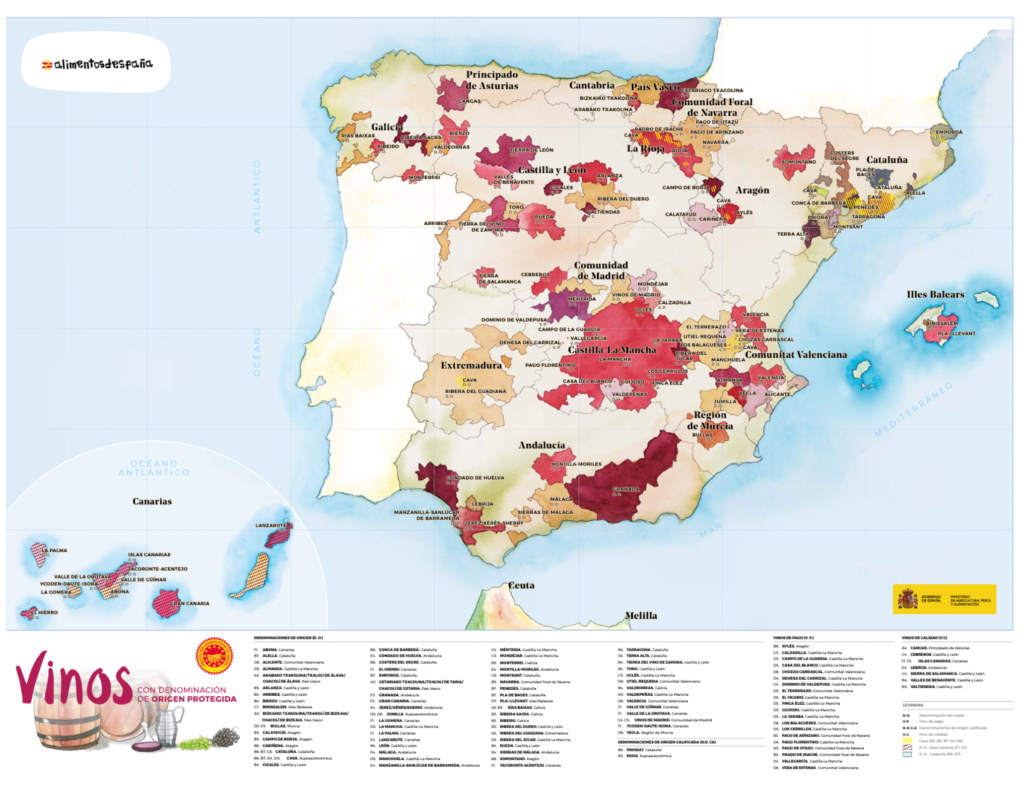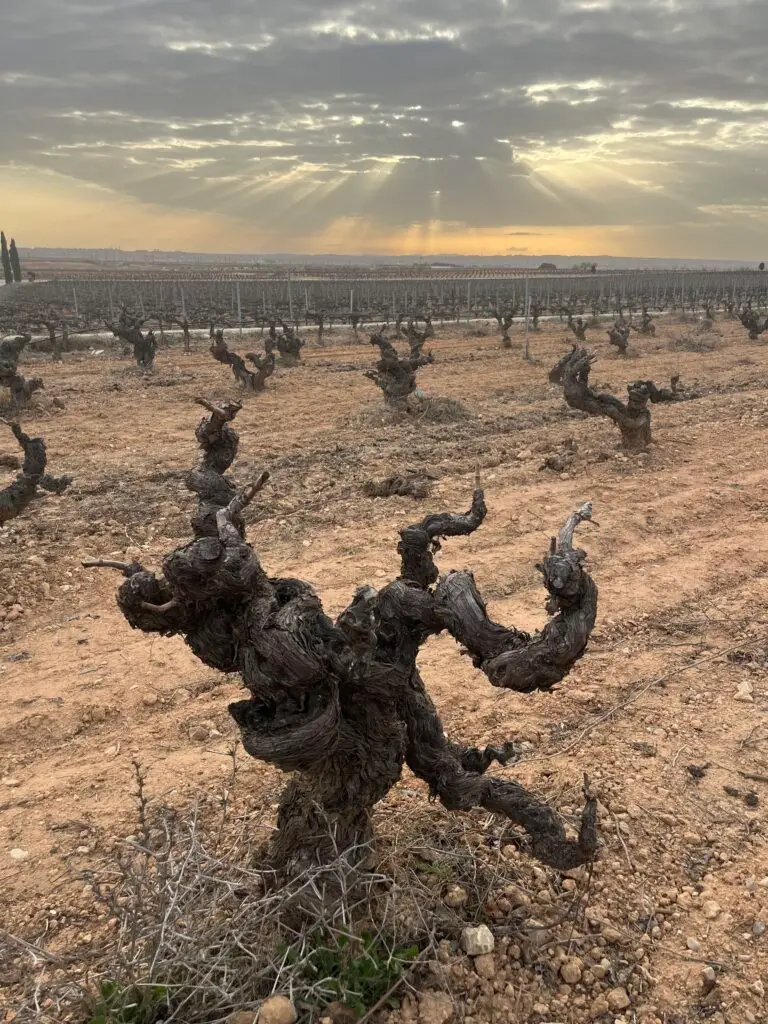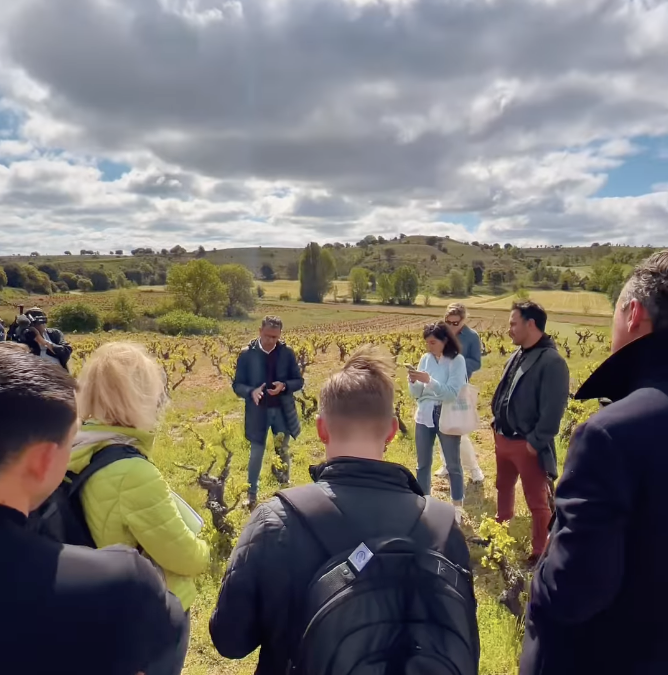Spain’s wine culture is deeply embedded in its history, with winemaking traditions dating back thousands of years. The story of Spanish wine appellations, or Denominaciones de Origen (DO), is a testament to the country’s dedication to quality and the celebration of its diverse terroir. The appellation system was established to protect and promote the unique characteristics of wines from specific regions, ensuring that they meet stringent quality standards.
Historical Background of Spanish Wine Appellations
The concept of wine appellations in Spain began to take shape in the early 20th century, influenced by similar systems in France and Italy. The first DO, Rioja, was established in 1925, setting a precedent for other regions. The primary goal was to preserve the traditional methods and regional identity of Spanish wines while promoting their unique qualities to the international market.
The Appellation System
Spain’s appellation system categorizes wines into different levels based on geographical origin, production methods, and quality. The main categories are:
- Denominación de Origen (DO): The most common designation, indicating that the wine comes from a specific region and adheres to particular quality standards.
- Denominación de Origen Calificada (DOCa): A higher classification given to regions with a long history of consistent quality. Currently, only Rioja and Priorat hold this status.
- Vino de la Tierra (VT): Similar to the French Vin de Pays, this designation allows more flexibility in winemaking practices while still denoting a specific region.
- Vino de Calidad con Indicación Geográfica (VCIG): A transitional category for regions aiming to achieve DO status.
- Vino de Pago: A designation for single estates producing exceptional quality wines, often with unique microclimates and terroirs.

Diversity in Climate and Terroir
One of the most remarkable aspects of Spanish wine is the sheer diversity of climates and soils across the country. Spain’s geography ranges from the cool, green Atlantic coast to the hot, arid interior, and from the fertile Mediterranean coast to the rugged mountainous regions. This variety creates a wide range of growing conditions, each imparting distinct characteristics to the wines.
- Northern Spain: Regions like Galicia, with its cool, wet climate, produce crisp, aromatic white wines, particularly Albariño from Rías Baixas. The temperate climate of Rioja and Ribera del Duero, influenced by the Ebro and Duero rivers, is ideal for producing elegant, well-balanced reds.
- Eastern Spain: The Mediterranean climate of Catalonia fosters the growth of both international and indigenous grape varieties, producing everything from sparkling Cava to robust reds in Priorat.
- Central Spain: The high plateaus of Castilla-La Mancha experience extreme temperature variations, which contribute to the bold flavors and high alcohol content of the region’s wines.
- Southern Spain: Andalusia’s hot, dry climate is perfect for producing fortified wines like Sherry, known for their complexity and longevity.
- Islands: The volcanic soils of the Canary and Balearic Islands impart unique mineral qualities to their wines, often accompanied by vibrant acidity and exotic fruit flavors.
Indigenous and International Grapes
Spain is home to an enormous variety of grape species, both indigenous and international. This diversity adds to the richness and complexity of Spanish wines.
- Indigenous Grapes: Tempranillo, Spain’s most famous grape, is the backbone of many top red wines, especially in Rioja and Ribera del Duero. Garnacha (Grenache), Monastrell (Mourvèdre), Albariño, Verdejo, and Palomino (used in Sherry) are other key indigenous varieties that contribute to the unique identity of Spanish wines.
- International Grapes: Spain has also embraced international grape varieties like Cabernet Sauvignon, Merlot, and Chardonnay, which are often blended with local varieties to create innovative and exciting wines.

Bringing Spanish Wine to the United States
As a dedicated Spanish wine importer, we strive to cover as many wine appellations as possible to bring the diverse and rich flavors of Spain to wine lovers in the United States. Our mission is to showcase the incredible variety of Spanish wines, highlighting the unique terroir and winemaking traditions of each region.
Stay Connected and Explore More
We invite you to continue exploring the world of Spanish wines with us. Follow us on Instagram at Tasters.wine for the latest updates, tasting notes, and insights into Spanish wine culture. If you are a professional interested in discovering more, please contact us to receive samples and learn more about our offerings. Let’s raise a glass to the diverse and vibrant wines of Spain!



